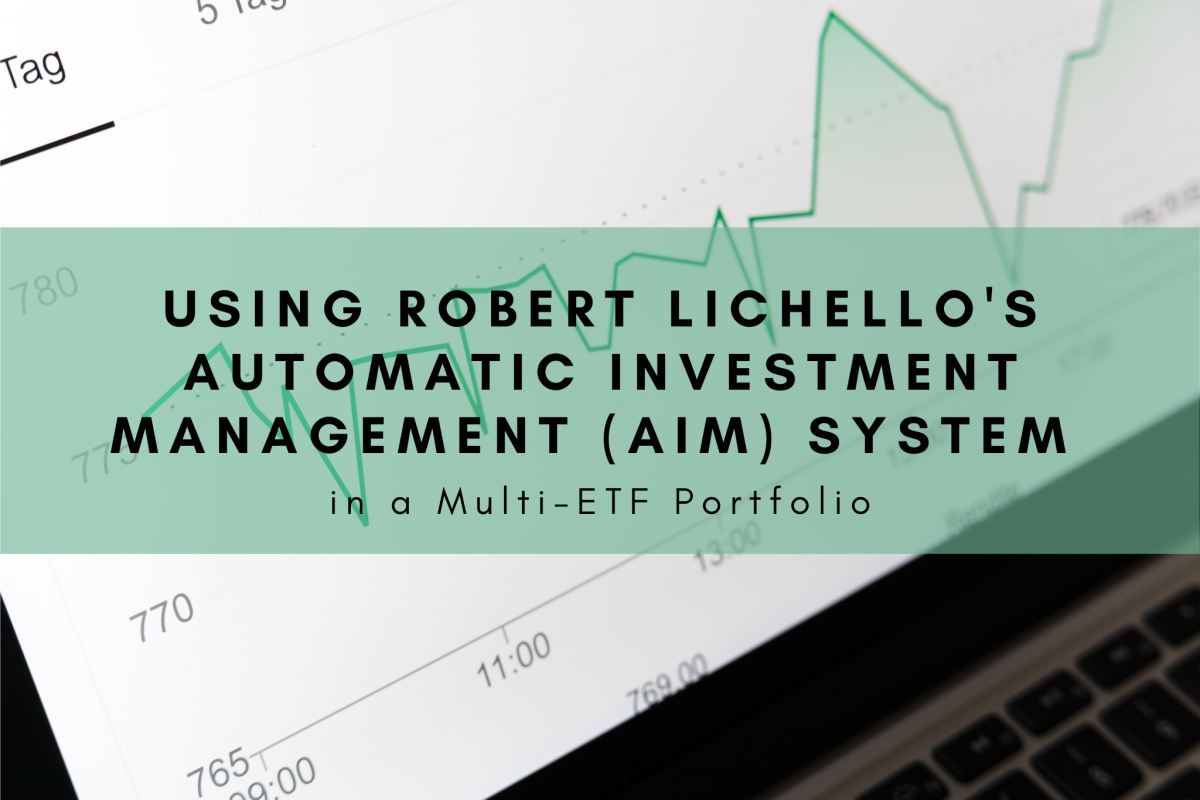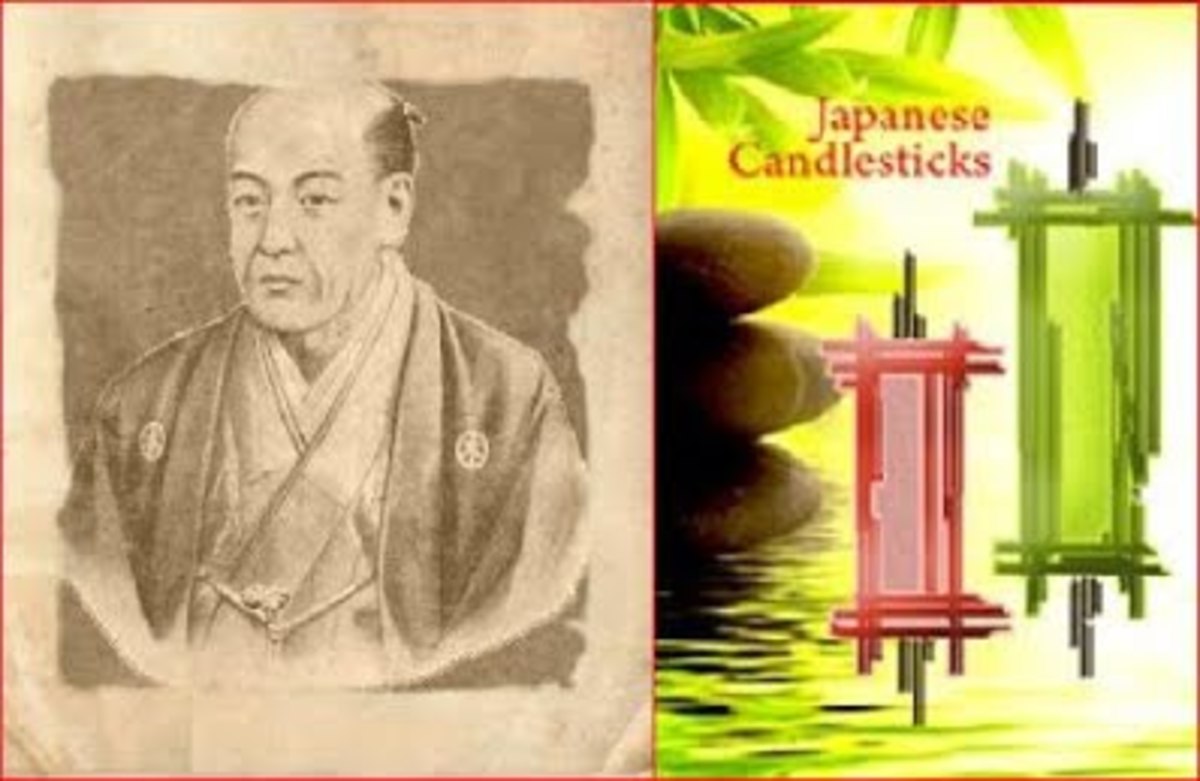The Best Low Cost Index Funds
Low cost stock market index funds are the smart choice for most people's financial portfolios. The academic case for passively managed index funds over actively managed mutual funds has been made again and again. It requires a kind of willful head-in-the-sand attitude to think that a novice's choice of actively managed funds is likely to out-perform a solid portfolio of low-cost index funds.
Until recently, the Vanguard family of mutual funds were the obvious choice for indexers. While they still have a terrific selection of index funds and very reasonable expense ratios, other fund families have gotten into the indexing game in a big way.
Schwab, and Fidelity, in particular, now offer a solid array of index fund choices. While the breadth of their offerings still can't match that of Vanguard, they do offer some incredibly low expense ratios that beat those of similar Vanguard funds.
S&P 500 Funds
S&P 500 Index funds are the oldest and still the most popular index funds around. The competition in the space, and the liquidity and size of the market they represent have combined to drive expense ratios down to rock-bottom levels. The lowest cost S&P 500 funds have expense ratios 1/10 those of actively managed mutual funds.
Some would argue that S&P 500 Index funds represent the best deal in the entire financial world. Whether they should represent all or merely part of an individual's stock portfolio is a matter of opinion. Some asset allocation gurus recommend a blend of large, small, and international index funds as part of a balanced portfolio. The exact mix is a matter for debate.
S&P 500 Index Funds
Fund Name
| Expense Ratio
| Minimum Investment
|
|---|---|---|
Schwab S&P 500 Fund
| .09
| $100
|
Fidelity Spartan 500 Index Investor
| .10
| $10,000
|
SSgA S&P 500 Index
| .15
| $10,000
|
Vanguard 500 Index Investor
| .18
| $3,000
|
Dreyfus Basic S&P 500 Stock Index
| .20
| $10,000
|
Data as of 8/6/09
Russell 2000 and Other Small Cap Index Funds
Most small cap index funds are based on the venerable Russell 2000 index. Others may track the S&P 600 index, so be sure to check the fund prospectus to be sure you're getting what you expect.
Virtually all asset allocation experts seem to agree that exposure to small cap stocks is a desirable complement to the S&P 500. Academic studies have shown that small caps have outperformed large caps over long periods of time.
Some recommend small cap value stocks (those with low price to book ratios) as having the potential to continue their long-term out-performance. Vanguard, in particular, carries a small cap value index fund which is worth considering.
Small Cap Index Funds
Fund Name
| Expense Ratio
| Minimum Investment
|
|---|---|---|
Schwab Small Cap Index Inv
| .19
| $100
|
Columbia Small Cap Index Z
| .20
| $2500
|
Vanguard Small Cap Index
| .28
| $3000
|
Northern Small Cap Index
| .35
| $2500
|
TIAA-CREF Small-Cap Blend Idx Retire
| .35
| $0
|
Data as of 8/6/09
Total Market Funds generally try to track the Wilshire 5000 index or some close approximation. Some see them as an all-you-need alternative to a mix of small, medium and large cap indexes.
So-called experts tend to vaccilate back and forth in recommending S&P 500 vs. Total Market funds depending on the recent performance of the indexes in question. Chasing recent returns is a long-held tradition in the financial world.
Whether you chose a total market fund or a mix of large and small cap will probably depend on the size of your portfolio, as well as how actively you intend to engage in asset allocation.
Total Market Index Funds
Fund Name
| Expense Ratio
| Minimum Investment
|
|---|---|---|
Schwab Total Stock Market Index Inv
| .09
| $100
|
Spartan Total Market Index Fund - Investor Class
| .10
| $10,000
|
Vanguard Total Stock Market Index Fund Investor Shares
| .18
| $3000
|
Vanguard Total Stock Market Index Fund Investor Shares
| .40
| $2500
|
Data as of 8/6/09
Asset allocation experts tend to differ on how important exposure to international stock funds should be. Some see foreign stocks as a useful counterweight to an all-domestic portfolio, while others point out that international markets are increasingly correlated with the U.S. market. In addition, international funds that don't hedge their currency exposure (most don't) represent a possible hedge against a falling dollar.
International index funds are a bit trickier in that there's is no standard index on which they're based. Careful research is needed to ensure that you're getting the exposure that you want. Japan, whose doleful stock market has been a drag on International funds for years, is over-represented in some indexes, and dropped altogether from others.
Additionally, expense ratios for international index funds tend to run somewhat higher that domestic funds. Nevertheless, they represent strong bargains compared to actively managed foreign mutual funds.
Among the international index funds listed below, the Vanguard fund is indexed to the MCSI Total International Composite Index, the Schwab fund tracks the Schwab International Index, representing the 350 largest companies out side the U.S., and the Fidelity and Price funds track the MS EAFE index.
International Index Funds
Fund Name
| Expense Ratio
| Minimum Investment
|
|---|---|---|
Schwab International Index Fund
| .19
| $100
|
Fidelity Spartan International Index Fund - Investor Class
| .20
| $10,000
|
Vanguard Total International Stock Index Fund
| .36
| $3,000
|
T. Rowe Price International Equity Index Fund
| .50
| $2,500
|
Data as of 8/6/2009
Related Links
- The Best Financial Blogs
A guide to the best of the financial and investing blogs. - The Best Investment Books Ever Written
Want to learn to invest like the pros. These books are a great starting point. - The Best Warren Buffett Books
Reviews of the best books written about Warren Buffett and his investment methods. - Buffett Stocks: What's in Warren Buffett's Portfolio?
Find out what's in Berkshire Hathaway's stock investment portfolio.







